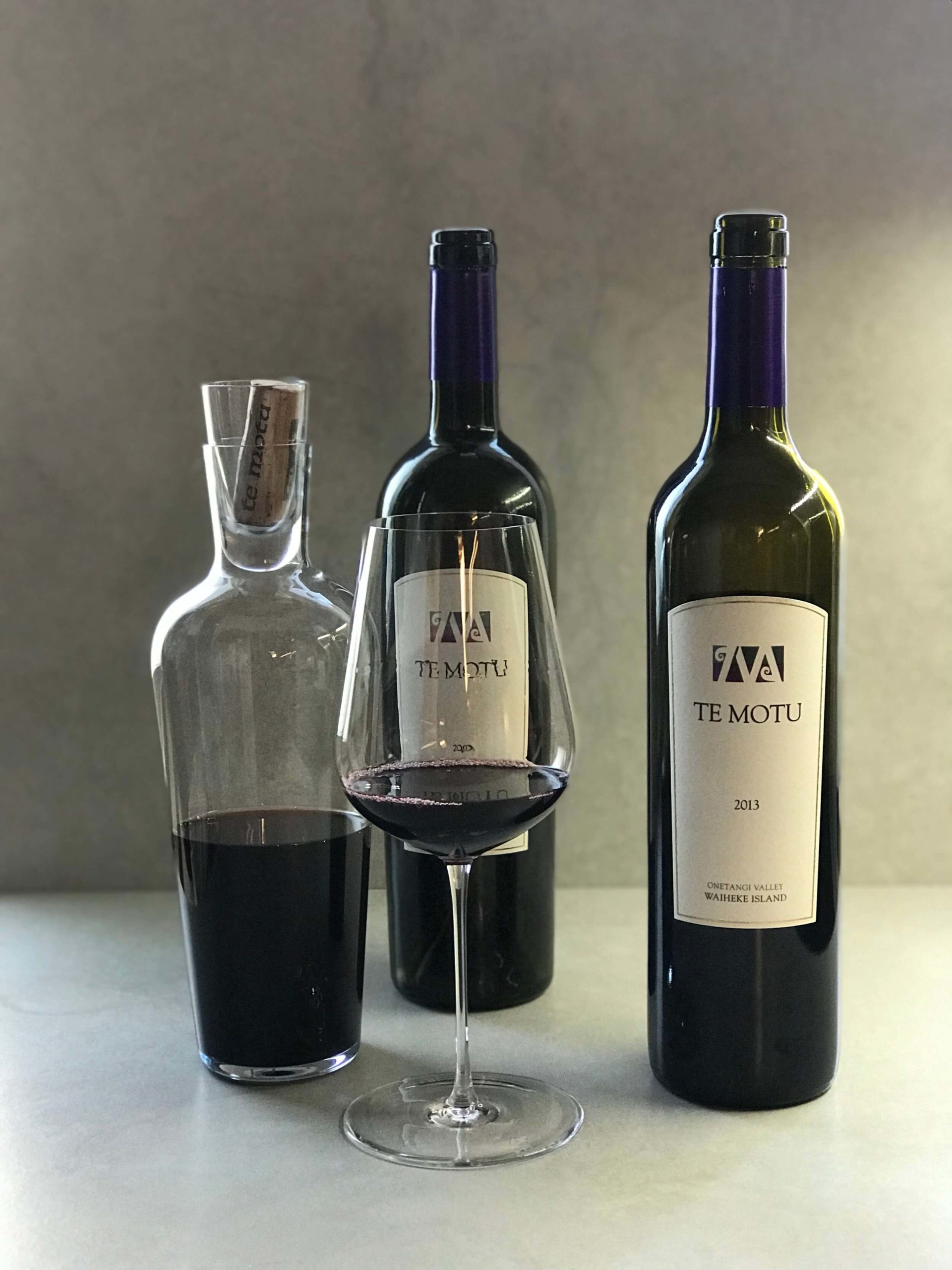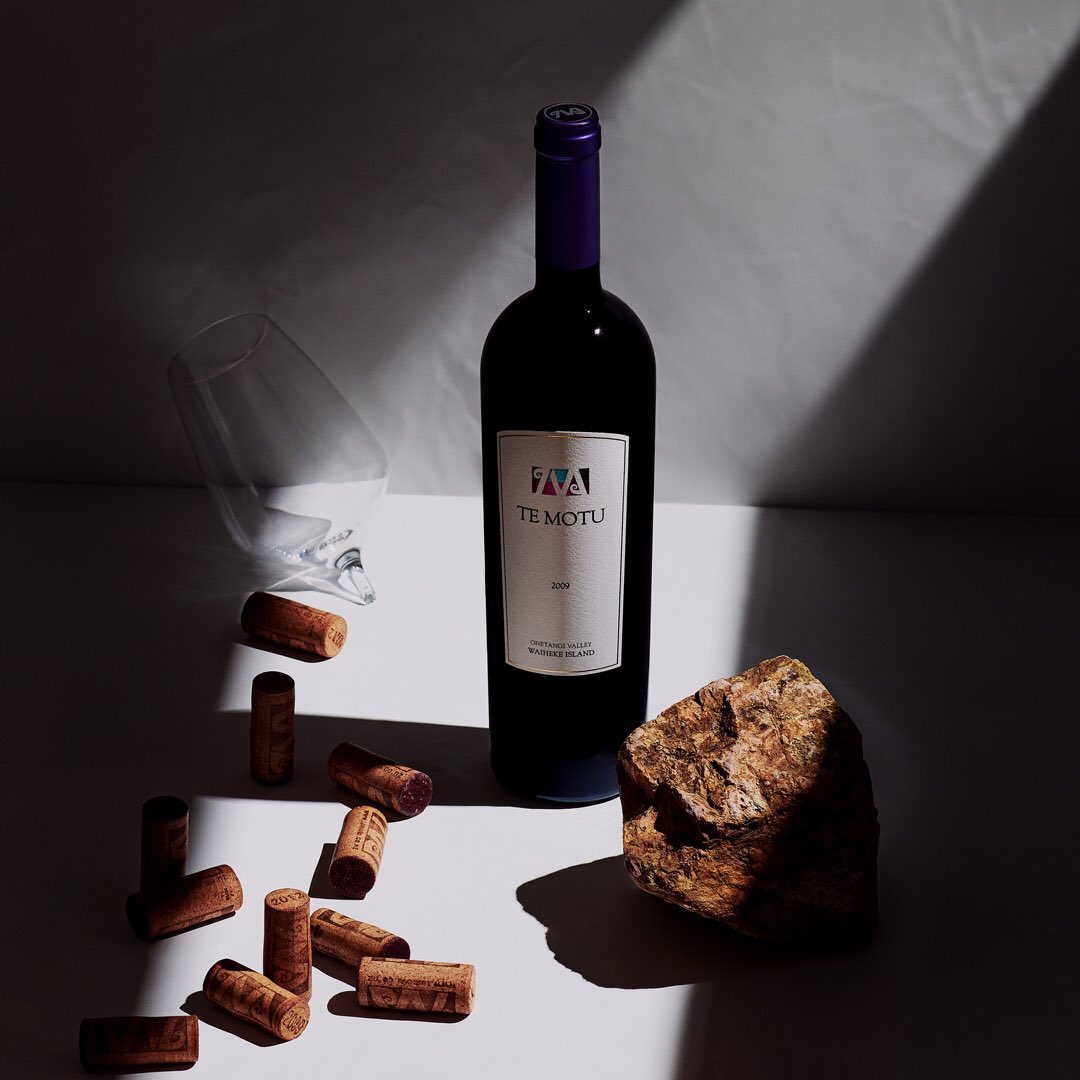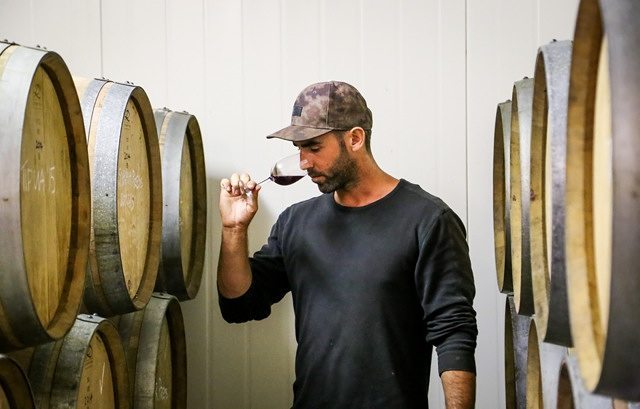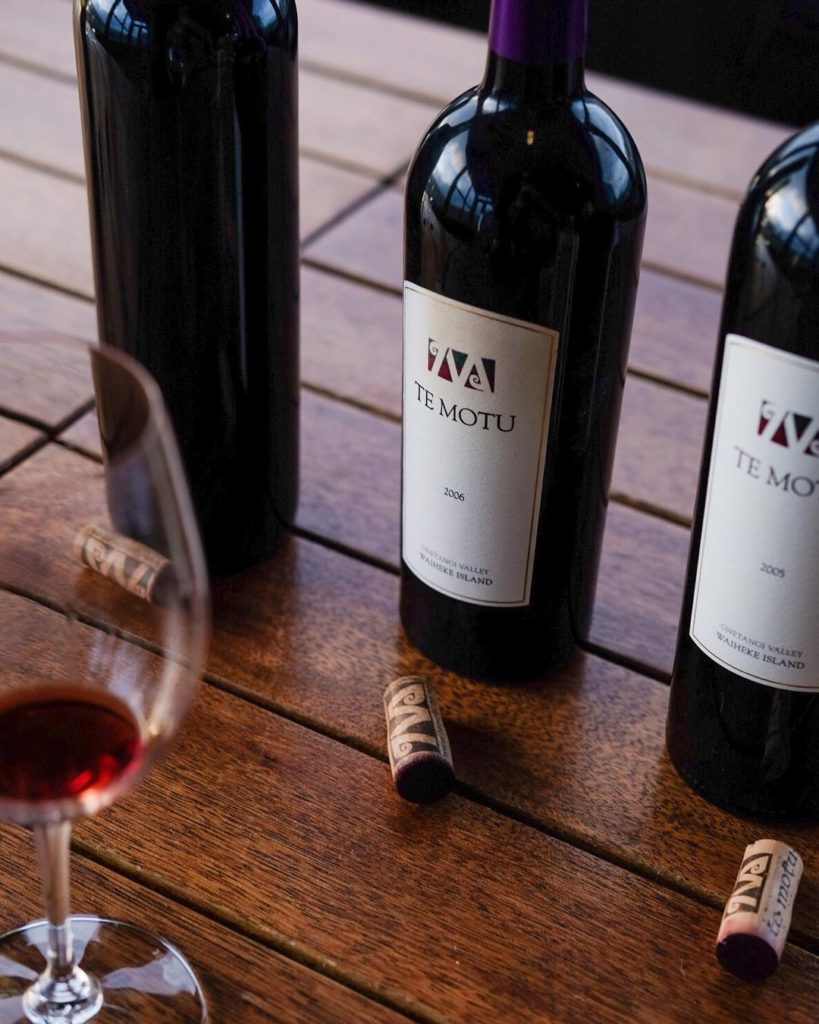
Many wines available today can be enjoyed right after you’ve bought them. In some cases, however, it may be worth buying a bottle (or a case) of a good vintage and letting it age. This will help develop its flavour, soften the tannins, and bring out its unique characteristics. Then, when you do finally open it, you’ll be able to fully experience what makes that particular wine unique.
Why age wine?
Ageing will change the aroma, flavour, and texture of a wine. Young red wines are often heavy on tannins. These can make the wine taste a bit dry and give it an astringent feel. Ageing helps break these tannins down, ‘softening’ them and giving the wine a smoother, more rounded texture. High quality wines will also gain in complexity of aroma and flavour. Red wines generally start with mainly fruit characteristics, and with ageing will gain savoury or ‘meaty’ notes, as well as toasty notes from time in barrel.
How is wine aged?
Wine is often aged in two stages. The first is at the vineyard in barrels, after fermentation. Wine can then be aged further while in the bottle.
Barrel ageing:
As part of the process of producing a wine, it will often be left to age in special barrels for anywhere between 6 and 30 months. This helps develop its flavour, mature the wine, and help improve the longevity of the wine after it’s bottled. Red wine is usually aged in some portion of new oak barrels, which imparts extra flavour and depth to the wine. Some common flavours from new oak are cedar, smoke, vanilla, baking spices, and toast. Oak barrels also allow a little bit of air to be introduced into the wine which helps soften tannins and make the wine less astringent.
Bottle ageing:
After bottling, a wine can be sold immediately. Sometimes, however, a winery will leave the wine to continue to age in its bottle, before releasing it for sale. This is to ensure the wine is at optimal drinkability and has the flavour profile and mouthfeel as intended. These wines are perfect for enjoying right away or can continue to be aged at home.
Here at Te Motu we use only the highest quality fruit, harvested at optimum ripeness, to afford a lower intervention, crafted approach. Our belief is: the more a wine is handled before bottling, the more is taken from the finished wine. Therefore, most years, crops are green harvested to achieve physiological ripeness at relatively moderate alcohol levels.
For our Cabernet Sauvignon dominant flagship wine, ‘Te Motu’, we age the wine in barrel for 18 – 24 months with a portion of new oak barrels. When deciding on the amount of new oak, our goal is to add complexity to the finished wine, yet still have the quality and purity of fruit shine through. We further age our wine in bottle, and release the ‘Te Motu’ at minimum 5 years of age, yet recommend further aging. Many vintages are capable of aging 20+ years.
How do I age wine at home?
If you decide to age a bottle of wine at home, there are two main factors to consider. The first is where and how you store the bottle, the second is making sure you’ve selected the right wine to age.
To age wine successfully, you need to pick your spot well. It should be dark, cool, and humid. If you have a dark, cool space under your home that doesn’t fluctuate much in temperature, this could be a good option. You can also buy a special fridge to hold your wine at an optimal temperature, or you could find a dark cupboard that, again, doesn’t fluctuate too much in temperature.
The reason it’s ideal to keep your wine in a humid environment is to help keep the cork moist. This is also why you see most cellared wines lying on their side. While many wines today come with a screw top, many premium wines – including those suitable for ageing – are still often closed with a cork.
This leads to the second factor: buy the right wine. Not all wines are ripe for ageing, but there are a few clues to help you choose one that will. Price is the first indicator. Cheaper wines are generally designed to be drunk immediately, or within a year or two of purchase.
Robust, full-bodied wines, like a red Bordeaux, tend to age the best. Cabernet Sauvignon, Cabernet Franc, Merlot, Malbec or Syrah – or a blend of these – are also good choices. Often, the label or description of the wine will tell you if the wine is best to drink right away, or if it would benefit from further ageing.
If you’re purchasing at the cellar door, expert winery staff can guide you on the best wine to purchase based on your preferences.
How long should I age wine?
How long you age a wine will depend on the type of wine you’ve bought. A red Bordeaux blend, for example, does well with a couple of decades of ageing – as long as it’s kept in the right environment. In contrast, a Malbec or Syrah usually only needs to be cellared for five to ten years before they’re at optimum drinkability.
Whether you decide to cellar your wine or enjoy it now is entirely up to you. Some people like the idea of keeping a favourite wine to be enjoyed on a special occasion or gifting a bottle to someone for a special occasion.
If a wine is a special vintage released by your favourite winery, cellaring a few bottles means you’ll be able to enjoy a wine that may no longer be for sale. Even better, if you buy a case, you’ll be able to enjoy the wine as it ages.



